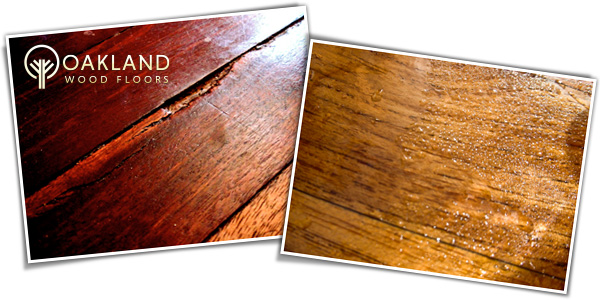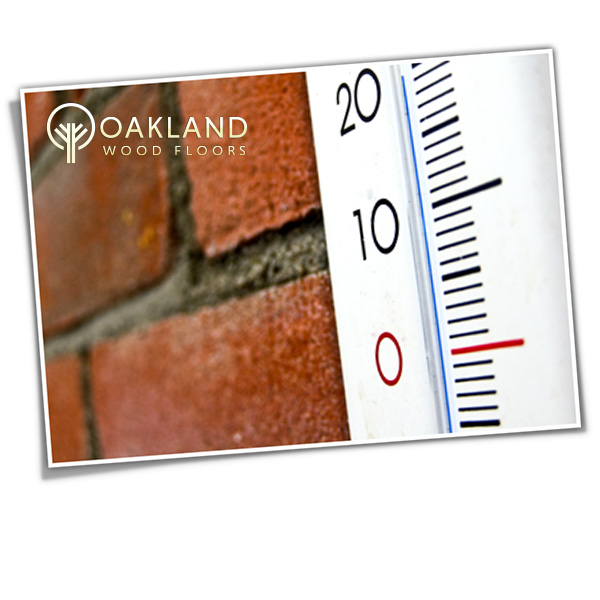
Wood, like all other matter in our universe, is more than meets the eye. When examining wood on a sub atomic level, it is made up of countless atoms. These atoms are not stationary, despite the fact that wood is indeed a solid material.  As these atoms are constantly moving, they also react to their environments which affects the way that they move.
As these atoms are constantly moving, they also react to their environments which affects the way that they move.
When wood is heated, it expands. When cooled, it contracts. This property is called linear thermal expansion (in the case of heating) and linear thermal contraction (in the case of cooling). This can present some problems for a woodworker when it comes to planning a design for their next project. It is important to recognize how much effect this property can have – each unit amount of material expansion (per unit of original length per degree rise in temperature) is called its coefficient of thermal linear expansion.
While the changes that occur under different temperature environments are not exorbitant, it can definitely benefit any woodworker to keep in mind the potential for change. When it comes to grain direction, wood changes dimension by a fraction of itself – about two millionth of its length per Fahrenheit degree change. For example, if you were to take an eight foot Douglas-fir framing stud and subject it to a temperature change of 90 degrees Fahrenheit initially, then have it undergo a change to -10 degrees Fahrenheit, the wood would only lose 0.018 in (approximately 1/64 of an inch), so don't worry about your hardwood floors splitting or getting ruined. Considering that steel rods, in the same situation, would lose more than three times that amount, and aluminum more than seven times, we can continue to feel pretty confident in our beloved wood floor material. However, if you were to do the same test with a piece of wood perpendicular to the grain, the coefficient for thermal expansion would be as much as ten times that amount.
Overall, what is more worrisome than the effect of temperature on wood is the effect of humidity on it. Depending on the overall moisture in the environment around the piece of lumber, wood can swell or shrink minutely or dramatically. When considering temperature however, it is more important to note that temperature changes can effect wood in terms of its strength, sometimes temporarily and sometimes, permanently. Acclimation time must be considered before beginning any flooring installation.



